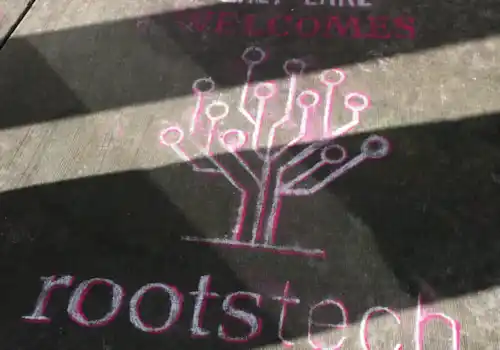08 January 2018
|
So, you’ve received your family history DNA test results and have a list of DNA matches to contact. Read on for top tips on how to get the most out of contacting your DNA cousins.
So, you’ve received your family history DNA test results and have a list of DNA matches to contact. Read on for top tips on how to get the most out of contacting your DNA cousins.
Receiving your DNA results and finding out your ethnicity is only the start of your DNA journey. When you receive your DNA matches, you have a list of potential DNA cousins who may have valuable information to help you grow your family tree.
So how can you get the maximum benefit from these DNA matches? Before you hit the ‘send’ button it’s worth making a plan, to maximise your chances of getting a helpful response.
1. Do your preparation
Before contacting a match, take the time to ensure that your online family tree is up-to-date, particularly if you’ve found out that you and your DNA match share one or more surnames in common. If you have at least a basic idea of which ancestors you might have in common, this will help you should you receive a positive reply to your message. If the person concerned has an online family tree that is visible, do a search of this too.
2. Be helpful
DNA blogger Mercedes Brons advises that a carefully planned approach may well pay dividends, particularly if you offer your own help in return. She says: ‘Be as polite and specific as possible and don’t assume that your DNA match knows or doesn’t know something (i.e. about a family secret or history). Provide a vague idea on how you might be related. Sometimes, being too specific or too confident can turn people off.’
3. Understanding your DNA match
Remember that any relationship specified as a result of the DNA test (eg, fourth cousin) is only an approximation. Your own research, perhaps with the help of your DNA match, can confirm or correct how the two of you are related. Before starting to contact your matches, be sure to make use of the DNA tools offered by the company with whom you took your test. For example 23AndMe has an opt-in DNA Relatives Tool, whilst Ancestry has its AncestryDNA Helper and MyHeritage offers DNA Match Review. Each of these can help you understand more about the DNA you share with your match, and what clues to look for to help you establish if or how the two of you are related.
4. Open the channels of communication
When first contacting a DNA match your aim should be to open the channels of communication, in the hope of a relationship which will benefit both of you and grow over time. You can maximise your chances of a reply by including information about which company you tested with (many people have tested with more than one provider), the type of test, your username if this is shown on the site in question, and a link to your online tree and/or a list of surnames and regions.
Mercedes Brons has written the following sample letter, which provides a great example of how to approach a DNA match:
‘This is an example for contact a distant cousin who I think might have some information that I would love to have, or someone who I want to share some information with. I’m thinking of maybe a 4th-6th cousin. The key is to ask a specific question (whatever it might be) and offer a specific piece of information that they might not have.
Hi Jack,
I hope this note finds you well. You and I are DNA matches on Ancestry, and it looks like we share a common ancestor: Thurman S. Grooding, born in 1815.
The reason I am contacting you is because I have been searching for original documents for this ancestor. I saw on Ancestry that you posted a baptismal certificate for his daughter, and I thought maybe your family line was able to hang on to some original documents for Thurman.
On the topic of Thurman, I see in your tree that you don’t have parents listed. I was able to trace his parents to a farm in upstate New York, and I’m fairly sure that I’ve found the right family. Let me know if you’d like more information on that.
I am looking forward to hearing back from you. If you prefer e-mail my address is [email protected].
Harry’
5. The right to reply (or not!)
Remember, no matter how enthusiastic you are about the potential of the DNA match, the person concerned has the right todecide whether or not to reply to you. Not everyone who has taken a DNA test has an interest in family history, or has created a family tree. That said, this doesn’t meant that you can’t contact them – you might just spark an interest. ALso, bear in mind that people have busy lives and things such as illness, holidays or work may prevent them from replying to you as quickly as you'd like.
Read more about Mercedes Brons and her work on DNA in family history, including the full ‘How to contact DNA matches’ article, on her Who Are You Made Of? blog.
(image copyright MadPrimel)








